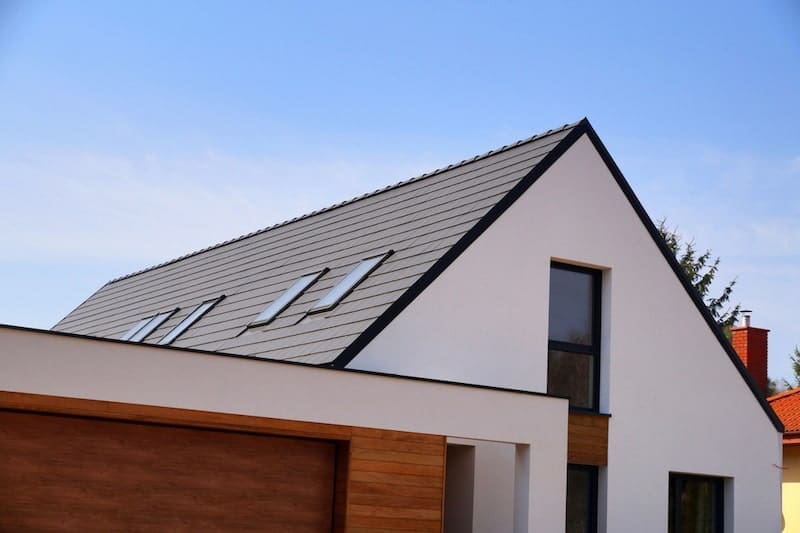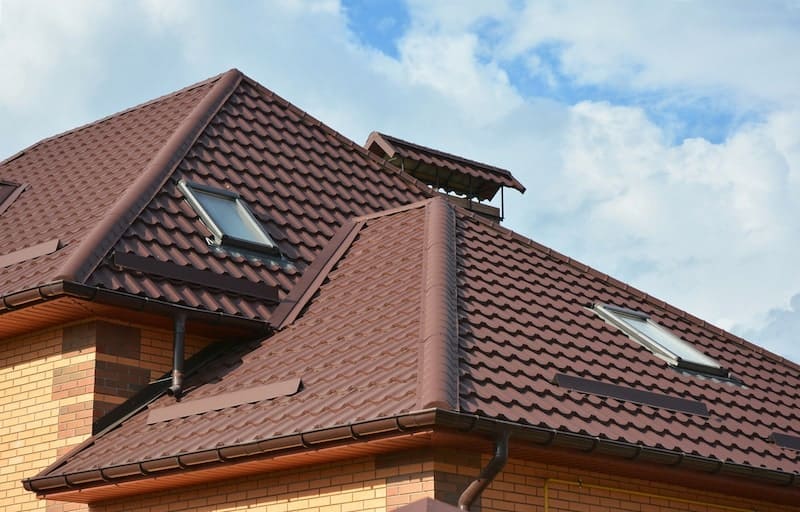Maintaining a roof is not just about fixing problems as they arise but about taking proactive measures to ensure its longevity and efficiency. Different seasons pose various challenges to your roof, and knowing what to do each time of year can save you from costly repairs and extend the lifespan of your roof. Here’s a comprehensive guide to seasonal roof maintenance, ensuring your home stays protected year-round.
Finding a Professional for Roof Maintenance
Hiring a professional for roof maintenance ensures thorough inspections and expert repairs that can prevent costly damage in the long run. Look for licensed and insured roofing contractors with positive reviews and a solid reputation. Many reputable companies offer roof maintenance plans, which include regular inspections, cleaning, and minor repairs. These plans provide peace of mind, knowing that your roof is consistently maintained by experts. Additionally, professional roofers have the knowledge and tools to identify potential issues that might be overlooked by an untrained eye. Investing in professional services not only extends the lifespan of your roof but also safeguards your home’s overall integrity.
Fresh Beginnings and Thorough Inspections
Spring is the ideal time to inspect your roof for any damage caused by winter storms, heavy snow, or ice. Start by cleaning your gutters and downspouts to ensure proper water drainage. This prevents water from backing up under your shingles or tiles, which can cause leaks and other structural damage. Check for any loose or missing shingles and replace them promptly. Pay attention to the flashing around chimneys, vents, and skylights, ensuring they are securely in place and not showing signs of wear.
Moreover, look for signs of moss or algae growth, particularly in shaded areas of your roof. These can retain moisture and lead to rot if not addressed. Consider trimming back overhanging branches that can drop leaves and debris onto your roof. Finally, schedule a professional inspection to assess any subtle damages that might not be visible to the untrained eye. Regular spring maintenance can help catch and address small issues before they become significant problems.
Heat Management and Protective Measures
The summer heat can be intense, leading to the expansion and contraction of roofing materials, which may cause wear and tear over time. During the summer, focus on managing heat and ensuring your roof can withstand high temperatures. Inspect your attic’s ventilation to make sure it is adequate. Proper ventilation prevents your attic from becoming a heat trap, which can damage your roof’s underside and increase cooling costs.
Consider applying a reflective roof coating that can deflect some of the sun’s rays, keeping your roof cooler and extending its life. Check for any signs of sun damage, such as cracking or fading of roofing materials, and address these issues promptly. It’s also an excellent time to repair or replace any damaged flashing or sealants to prevent water ingress during summer storms.
Additionally, keep an eye out for signs of insect infestations, which can be more prevalent during the warmer months. Addressing these promptly will prevent structural damage and ensure your roof remains in good condition. By focusing on heat management and protective measures, you can help your roof endure the hottest months of the year without significant issues.
Preparing for Winter’s Onslaught
As the weather cools down, fall is the time to prepare your roof for the upcoming winter months. Start by clearing your gutters and downspouts of fallen leaves and debris to prevent blockages that can cause water damage when snow and ice begin to melt. Check the condition of your shingles or tiles, ensuring they are intact and securely fastened. Replace any damaged or missing ones to prevent water penetration.
Inspect your roof’s flashing, especially around areas prone to leaks like chimneys, skylights, and vents. Ensure that all sealants are in good condition, and reapply them if necessary. Trim back any tree branches that could potentially break and fall onto your roof under the weight of snow or ice.
It’s also essential to check your attic insulation and ventilation. Proper insulation helps maintain a stable temperature in your home and prevents ice dams, which occur when heat escapes from the attic, melting snow on the roof that then refreezes at the edges. This can cause significant water damage if not managed correctly. Fall maintenance is crucial for ensuring your roof is ready to withstand winter’s harsh conditions.
Vigilance and Damage Control
Winter poses unique challenges for roof maintenance, primarily due to snow, ice, and freezing temperatures. Regularly remove excess snow from your roof using a roof rake to prevent heavy loads that can cause structural damage or lead to ice dams. Be cautious and avoid using sharp tools that could damage your roofing material.
Inspect your attic periodically to check for signs of leaks or ice dams. If you notice any issues, address them promptly to prevent further damage. Keep an eye on your gutters, ensuring they are clear and allowing melted snow to drain properly. Icicles can be a sign of poor insulation and ventilation, so take note of their formation and consider improving your attic’s thermal properties if necessary.
Be mindful of the freeze-thaw cycle, which can exacerbate small cracks and create larger fissures in your roofing material. Temporary repairs can be made using roofing cement or sealant, but it’s best to schedule a professional inspection and repair once the weather permits.
In addition to these measures, stay vigilant for any signs of roof damage throughout the winter. Promptly addressing any issues that arise will prevent them from worsening and ensure your roof remains in good condition until spring.

Roof maintenance is a year-round responsibility that requires attention to seasonal changes and specific challenges posed by each time of year. By following these seasonal guidelines, you can ensure your roof remains in optimal condition, protecting your home from the elements and avoiding costly repairs. Regular inspections, timely repairs, and preventive measures are key to extending the lifespan of your roof and maintaining the safety and comfort of your home.


